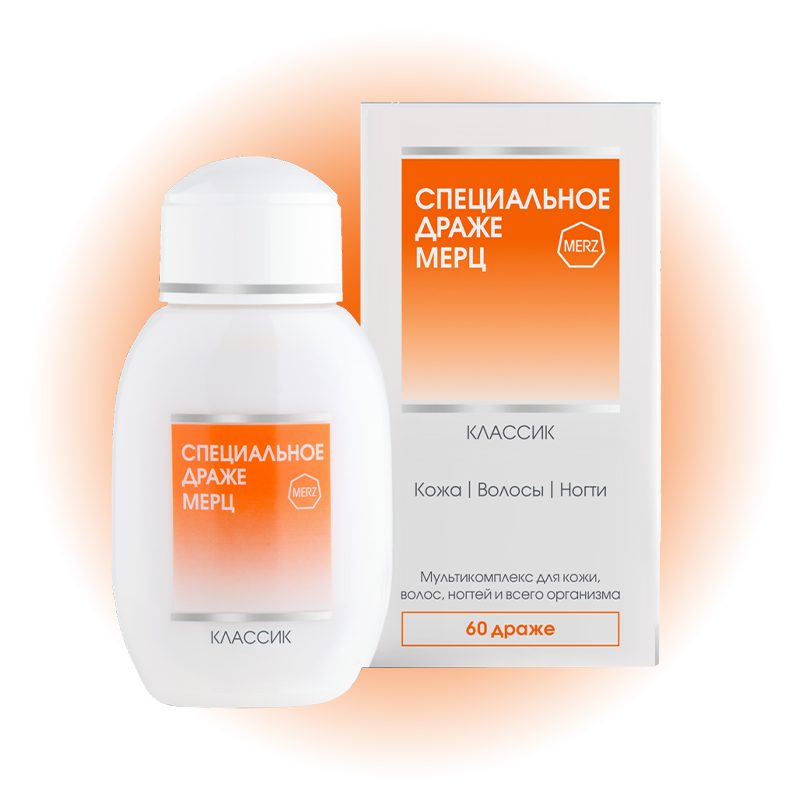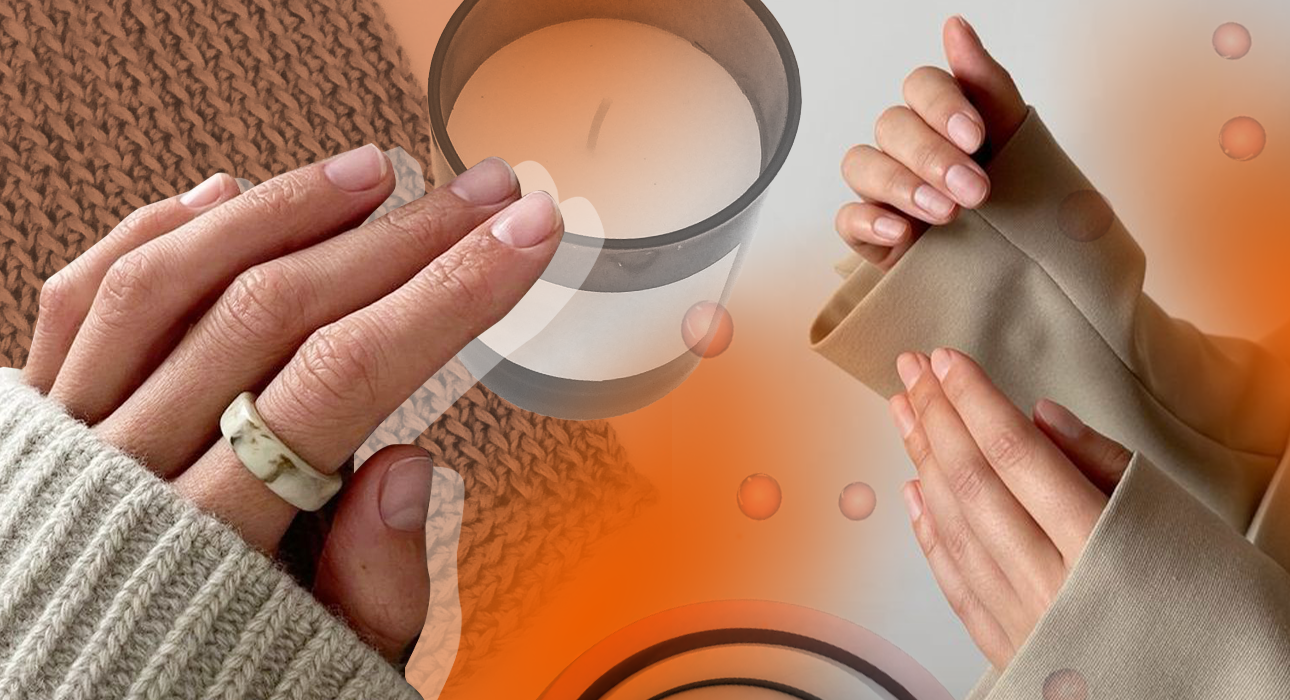Manicure with gel polish has become such an ordinary procedure that thoughts about whether it has any consequences do not even arise. Now, after several years of monthly visits to the master, more and more girls are returning to uncoated manicure. While some explain this decision with the increasing trend towards naturalness (have you heard of the “clean girl” and “naked manicure” aesthetics?), others explain it with the thinning of nails, which are increasingly peeling and breaking. a short rest, but an important break from gel polish.
Both manicurists and podiatrists (doctors specializing in foot and nail plate pathologies in general) believe that high-quality coating performed by a qualified master should not lead to negative consequences. But we all have situations where we do not have time to make an appointment with our master and wander from place to place, so we cannot always be sure of their qualifications. But there are also obvious negative consequences of using gel polish. We talked about these with an expert podiatrist. And of course, we cannot leave you without a beauty invention: MERZ Spezial dragees that help you cope with the effects of shellac and grow healthy nails again.
5 negative consequences of using gel polish


It is not uncommon for the coating to separate from the nail plate if used for a long time. After peeling off gel polish, the risk of nail breakage increases. They no longer have a dense layer of shellac on them, so they are very easy to injure. If you do not contact a specialist at this time and do not solve the problem, the nail plate will be covered with microcracks and its free edge will become brittle. “This condition not only contributes to increased trauma to the nail, but also increases the risk of fungal infection,” says Ekaterina Pronina.

Another consequence of gel polish is a thinned nail plate. This may be the result of an illiterate coating removal process. For example, a craftsman may use a very aggressive solution or remove excess during cutting. At best, the nails will look dull and lifeless, but as they grow, they will restore their structure. “If the gellak application and removal procedure was carried out efficiently, then the nail will only need time to restore the keratinocyte layers. This is the framework of the nails, and the layers of oil and water between them are responsible for elasticity and shine. Due to the fact that the keratin layers and intermediate layers can be cut during the removal of the coating, the nails look lifeless and lose their shine,” says Ekaterina Pronina.

Burn is perhaps the most obvious and unpleasant consequence of applying gel polish. Winning can occur if the manicurist uses low-quality materials or does not follow the correct technique to perform the procedure. The worst thing about the burn is that you don’t feel it right away, you mistake it for the UV lamp burning and only see it after removing the gel. Externally, a thermal burn looks like yellowish or whitish cloudy spots on the nail plate. And the nail itself may separate from the inflamed bed, creating a cavity. In such a situation, you should not apply gel polish for several months so as not to worsen the nail plate.

In principle, podiatrists do not recommend covering toenail plates with gel polish. “Gel polish is a thick coating that “glues” the nail. When shoes put pressure on the shellac-covered nail plate, the nail moves relative to the nail bed. As a result, the nail bed peels off. In addition, as the nail grows, the dense covering material moves towards the free edge. This causes extra pressure and strain when walking in closed shoes. In this case, the nail plate may be injured, its shape or direction of growth may change,” says Ekaterina Pronina.

Applying shellac to your nails for a long time may cause changes in the shape and growth direction of the nails. This often happens due to the unprofessionalism of the master and the use of low-quality materials. However, the causes of changes in nail plates may not be related to the coating. Among them are various skin diseases, including psoriasis, eczema and others. In addition, changes in the nail plates can be associated with a deficiency of microelements and vitamins, prolonged contact with water and chemical solutions and general intoxication of the body.
How to fix everything?
If after removing the coating there are the changes described above or the nail plate has peeled off, you cannot re-coat such a nail with gel polish. This will only mask the problem and make it worse. In this case, you need to consult a podiatrist. The structure of the nails will gradually improve. The time it takes for nail plates to fully regrow on the hands is about six months and on the feet is about a year.

But you can help your nails and speed up this process by providing the body with a normal amount of vitamins and microelements. Special Merz Dragee, which contains the necessary components for the growth of nails and hair, will be an excellent helper. Zinc helps seal the nail structure. Iron minimizes acne and plays an important role in skin, hair and nail health. And vitamin C and B vitamins compensate for the deficiency of these microelements in the body. An additional advantage of this product is the pill form itself, the production technology of which involves the layering of ingredients, taking into account their compatibility with each other, ensuring their consistent release in the body.
A dietary supplement is NOT A MEDICINE.
Advert. Merz Pharma LLC, TIN: 7714689244, identification number: 2SDnjdWz9je
Merz-2212949, from 12/07/2023
Source: People Talk
I’m Roger Gritton, and I’ve been writing for the The Fashion Vibes for over 5 years now. My specialty is beauty news; I’m passionate about covering the latest trends, products, and innovations in the industry. In my time there, I’ve become known as an authority on all things beauty-related.
I love discovering new experts to interview, researching up-and-coming ingredients and techniques that are making their way onto our beauty shelves and highlighting people who are making a difference in the world of cosmetics. My work has appeared not only on The Fashion Vibes, but also several other publications including the New York Times Magazine, Allure Magazine and Refinery29.





